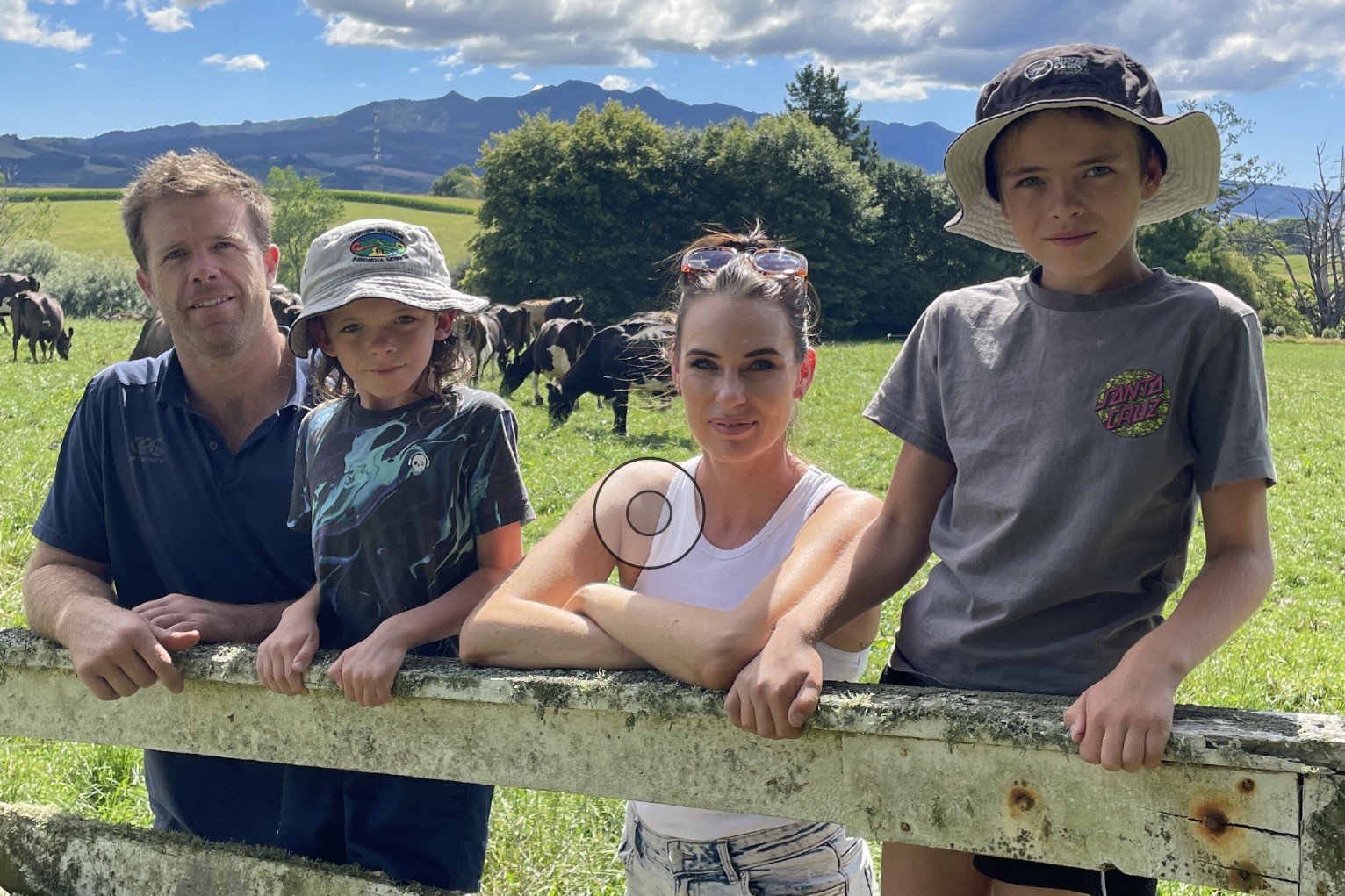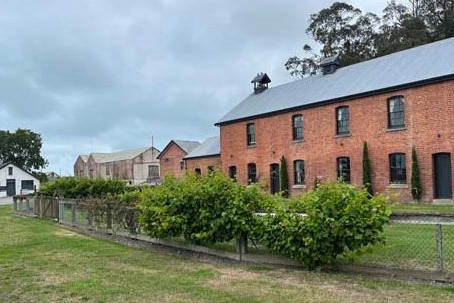Karen Trebilcock
Pallaton Raphno, a cross between radish and kale, is keeping farmers smiling even when it gets dry.
After three seasons of commercial growing, the brassica was proving a winner on farms susceptible to drought and on some dairy farms it was beginning to replace summer turnips, PGG Wrightson Seeds technical nutritionist and agronomist Wayne Nichol said.
“It’s really for young stock as cows tend to trash it, but it’s perfect for weaned calves and getting yearlings up to mating weight as well as for farmers who are fattening lambs and then winter grazing dairy yearlings.”
The secret is grazing it at the right time and farmers have been supplied with a road cone to help them make the decision of when to put stock on.
The road cone is left in the growing crop and once the leaves have reached the cone’s reflective strip it’s time to open the gate.
“If the plants get to the top of the cone it’s almost too late,” Nichol said.
“At that height it starts stemming up and loses a lot of quality and palatability. If you graze it when it’s short it continues to produce leaf and is more like a leafy turnip.”
Similar to rape, it can be eaten several times in the summer, the first time as quickly as 50 days after sowing, and then finally in the winter.
“But you’ve got to graze it in the summer at the right time. Even if you’ve got lots of grass you have to prioritise the raphno.”
He’s heard of one farmer saying it did best when “you treated it like you hated it”.
“Plant it in the poorest ground, where it really dries out and that’s when you really see results,” Nichol said.
The cross with the radish makes the brassica insect-tolerant and it usually doesn’t need to be sprayed for aphids, white butterfly or diamondback moth. It is also tolerant to clubroot.
However, the palatability was high so farmers had to transition stock on carefully and be accurate about how much they were feeding, he said.
“It really becomes critical, not only to get the most out of the crop by grazing it with the right number of animals at the right time, but also to stop any animal health issues.”





